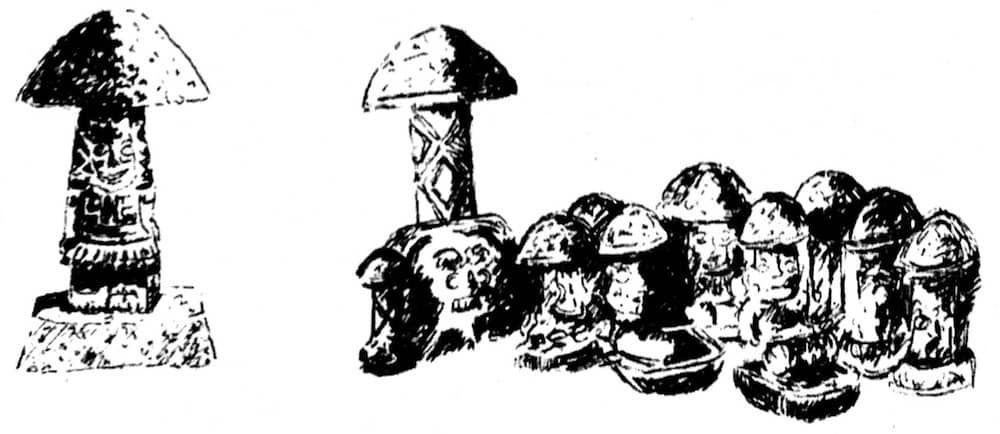
The Strange Case of TEONANACATL
Posted by SHARON MOYAL on
History of Old World usage
Teonanacatl
The flesh of the gods in Nahuatl, the language of the Aztecs
Historians from the 16th century reported how the flesh of the gods was consumed at the coronation of Moctezuma II, who, in addition to being a nobleman, was a priest in a temple to the Aztec god of war
Huitzilopochtli

One of the more evil archons to come out of the world of imagination and religion
The mushrooms were eaten with honey at dawn alongside a cocoa drink. Some of the natives sang and danced, some went to their room and secluded themselves in their thoughts, others saw in their visions their death and many envisioned visionary torments like being eaten by wild animals, some imagined they were capturing prisoners of war, some envisioned themselves rich or having slaves. Many predicted that they committed acts of pedophilia and adultery and their heads were beheaded for this offense as for other offenses of theft and murder. Others claim that mushrooms were served to visiting diplomats and heads of state to see the outcome of future alliances or wars.
Among the aristocracy, poisoning of the soul of any kind was pushed aside. Monks did not eat mushrooms and their obfuscating ingestion was applied to subversive nobles and disturbed boys
Fortune tellers and other types of sorcerers also ate mushrooms, but they were considered social outcasts and those whose company had to be tolerated
One of the higher social classes that used mushrooms freely and not under the patronage of the local ruler belonged to Pochatka, traders who imported goods over long distances, they traded cocoa among other things. The Pochetcas were probably Mayans or Toltecs, but the Aztecs depended on their imports so they had to keep their traders happy
Beyond eating psychedelic mushrooms, Montezuma and his dinner guests participated in rituals in which thousands of still-beating hearts were ripped from living humans and reverently presented to their savage god.
Yocilopuchetli, a solar being who demanded daily blood offerings as 'food', and if the rituals were performed piously, he promised his worshipers nothing less than worldly dominion
Assume that this is a conventional alliance offered by war gods all over the world and throughout the history of these gods
Schizophrenics or people with OCD often hear voices promising similar rewards for their relentless obedience to equally insane commands
THE HISTORY OF TAUNANCTAL IN THE NEW WORLD
In the book 'Psilocybin Mushrooms Around the World', Paul Stamets describes over sixty species of active mushrooms, and in his words - 'more are being discovered every year'. Some of the better known varieties are Psilocybe cubensis, P. azurescens, Similensea, Stonezi, Hogshagni, Tympanensis, Acetacrum, Zapotecrum, Panalos and many more
Fungi can be grouped into groups of grass lovers, tree lovers and dung lovers

While dark forces have always used drugs to manipulate human beliefs, psychedelics ultimately harm the well-being of gods. As inhabitants of the dark consciousness space, they cannot withstand an intelligent awareness that continues to expand because eventually our expanding intelligence sculpts them where they live - the realm of imagination
The Aztecs had a prophetic legend about their god Quetzalcoatl (Yucilopochetli's rival), who left Mexico hundreds of years earlier in a boat that sailed east. This entity, depicted as a bearded white man, said he would return to reclaim his kingdom in the year "Ken 1" of the Aztec calendar, i.e. 1519, the same year that Cortez and his fleet appeared on the shores of Veracruz
When the Europeans showed up just in time, the psychological effect on the Aztecs was devastating. Indeed, the relatively easy victory of Cortez could hardly have taken place without the existence of this strange prediction
Although the brutal Spanish conquerors' version of Christianity was rarely a religion of love and brotherhood, she argued. It is still an improvement over the status quo of Iocillopocelli which required human hearts
Apparently this is a precognition that arises following a psychedelic, authentic and historical material such as the famous prediction that knocked Montezuma off his throne. Because psychoactive plants played a large part in the theology of pre-Columbian Mexico, such as the documented case of prophecy, it is likely that this belief was shaped through the repeated ingestion of their god mushroom.
Terence McKenna used to discuss such matters, it seems that his psilocybin experience claims that there is a kind of parallel universe that is not at all like ours, it is inhabited by beings with intent ... and meeting them usually makes people feel the need to take their philosophy seriously
Historically, humans have always preferred the comfort of old paradigms to a renewed challenge. Those interested in the status quo do not want to seriously renew their philosophy
As far as I know, such rearrangements are always forced upon us
By the end of the Eisenhower years, the American status quo needed rearranging. Although no one worshiped Lucipuccitelli by name anymore, his spirit was fueled by the conflicts in Vietnam and the Civil Rights War. The times called for a change, and psychedelic drugs were about to serve as inspiration to effect it
One way to interpret such a move is that "beings with intent" from the Imaginary Realm were going to use a species of mushroom (and a few other materials) to push history in a completely new direction. But first the psychedelic catalysts had to be made available to man
Native Americans of Mexico have used psilocybin mushrooms shamanically for hundreds, if not thousands, of years, but they have only been known to Western science since 1953, when Gordon Wesson and his wife Valentina rediscovered their ritual consumption in a remote village in Oaxaca
Wesson's trip happened about a month or two after Aldous Huxley began his first Mesqueline trips, which led to the publication of The Doors of Consciousness a year later
The following summer, June 1955, Wesson ate his first psilocybin mushrooms, and in May 1957 published his experiences in an article in Life magazine, an article that had a mass effect.
In 1958, Albert Hoffman identified, named, and then synthesized the psychoactive alkaloids of the magic mushrooms, psilocybin and psilocine.
By 1959, interest in the human potential of new (to us) materials was rapidly expanding in scientific, intellectual, and artistic circles.
The psychedelic rocket of the sixties was born and built

The countdown to the launch time ticked quietly for another full year, as if history had to wait for the new decade to begin. Then, in the summer of 1960, a Harvard psychologist named Timothy Leary, who was on vacation in Mexico, had his first psychedelic experience - psilocybin mushrooms.
Those few mushrooms were the spark that ignited the fuse, and the decade began to explode - 7 years later with the burst of light of the famous 'Summer of Love' in San Francisco, which felt to many as the best incarnate record at that time
Of course, most psychedelics were declared a Section 1 dangerous drug in 1966, but by this late date, they were all celebrated in public. The scene gradually deteriorated from chubby girls in granny dresses delivering flowers to bikers wearing leather jackets
Maybe if some old Amazonian heathen doctor had been their guru instead of Timothy Leary, maybe the age could have lived to this day with a primal initiation...or not
Given Leary's enthusiasm for indigenous traditions, liberal character and apparently naive faith in human nature, he almost single-handedly opened the unconscious minds of the masses like a can of corn
The masses were not ready for this of course, but the status quo received a decisive blow. Although we never truly incorporated the ideals of peace and love of the summer of '67, for better or for worse, human consciousness will never be quite the same again.
The magic of the sixties and psychedelics turned into the cocaine epidemic of the seventies, which in turn descended into the "just say no" era of the eighties and a whole new status quo begging to be freed from the mass change in consciousness
Out of this chaos emerged Terence McKenna, a nineties drug guru who restored the psychedelic experience to a place of honor after years of confusion and dogma. It should be noted that his favorite is the psilocybin mushroom
Although Leary began researching psilocybin, he almost immediately switched to LSD when the same molecule became available to him.
It is possible that significant differences between the psychedelic experiences of the sixties compared to the nineties may lie in the difference between these two drugs
Lesad is the molecule of choice in the sixties
Hallucinogenic mushrooms were not popular in the drug subculture of the time, mainly because there wasn't much of it. It is difficult to synthesize them, and no easy way to grow the mushrooms was known at that time. With plenty of good acid on hand, tinkering with the mushroom culture was not a high priority
It is said that dealers often dipped mushrooms they bought in a supermarket in Lesad to sell on the street as magic mushrooms, authentic psilocybin was not available until the mid-1970s, when the poor quality of street psychedelics turned their experience into Russian roulette
If you wanted to have the experience without endangering your mind and body, you had to grow your own catalyst. In 1976, a small book, Psilocybin: A Magic Mushroom Grower's Guide, was published under the improbable pseudonyms of ot oss and ON Oeric, names chosen so that their publication would appear in bibliographies immediately before the works of psychedelic researcher Jonathan Ott.
Today it is public knowledge that these authors were Terence and Dennis McKenna
For the first time, a relatively simple method for growing mushrooms was presented to the public. This was apparently considered by the authors as a moral act, a way of freeing people from the sleazy capitalism of street traders and empowering them to make a shamanic alliance with the mushroom itself. By then, Makabe had accumulated enough experience with species of Psilocybe cubensis in South America to realize that it was not just a safe substitute for acid on the street, but a true entheogen, even "an entity in its own right that actively promoted the development of human consciousness."
The mushrooms said clearly, "When the species prepares to go to the stars, the earth will be shaken to its end." All of evolution pushed to this moment, and there is no turning back. What stands before us is a dimension of such freedom and transcendence, that as soon as the place or the idea of returning to the womb is ridiculous, we will live in imagination
I think means I exist - in the imagination, as having a shamanic approach to the imaginary realm
In such a case, "going to the stars" becomes a metaphor for entering inner space rather than outer space. Unlike Makena, I don't believe it's realistically possible that significant numbers of us could physically leave Earth, but maybe it's time to replace the need for physical incarnation in more extended realms
This is a completely different message from Leary's "turn on, tune in, and drop out" mantra from the 1960s. As part of this system, the psychedelic experience received political manners that, although they were compatible with the revolutionary spirit of the time, they predictably provoked intelligence repression and therefore research at the time was prohibited
The psychedelic talk about inner beings and voices was not common at the time until Makana began to share his mushrooms and DMT experiences in the 1980s and 1990s. It was almost as if internal forces were waiting for us (and the planet) to prepare for them. At the time of writing, the realm of the imagination is the focus of most serious interest in psychedelics (as opposed to recreational use). Makenna likens himself to a stranded sailor who returned to civilization to tell about the wonderful new world he saw just over the horizon. The metaphor is an image that unfolds into an exploration of a contemporary terra incognita that is not contingent on sailing ships or the patronage of kings, let alone access to spaceships or a trillion dollar NASA budget. Anyone willing to eat five grams of dried psyllium covenensis mushrooms can enter the imaginary realm and make sure himself if the reports about him are true. At this point I must disclose a personal bias towards the mushrooms discussed here. In my experience, magic mushrooms are the most effective catalysts for creating imaginative visions that I have experienced to date. There is no way I would consider drinking Datura, morning glory seeds and cacti make me more than my fear of heights , and the ayahuasca analogs haven't been perfected yet. That leaves mushrooms - relatively easy to grow, not hard to swallow (slightly earthy), rarely produces serious nausea, and consistently produces a psychedelic state of mind. I usually eat mushrooms and then sit for a few hours and try not to puke While I wonder if I feel anything - usually there will be no doubt about it within fifteen to forty-five minutes
I used to "do" very often, less than once a month. Today, a philosophical or spiritual intention (in my opinion) requires focus and restraint and they are not always present. Apparently this is the time needed to integrate the insights I received. This is becoming truer as I get older. To really access the imaginary realm, you usually need at least five grams of dried mushrooms. With a strong strain, this may equal fifteen milligrams of pure psilocybin. Here are McKenna's observations about doses above that amount: What happens at thirty milligrams? forty five or sixty? These are not physically dangerous doses, but they are terrifying doses to contemplate from the point of view of the fragile structures of the psyche ... When you pass the five, six, seven gram barrier with mushrooms, it becomes less like a drug in the usual sense and more like having an experience that is a unique encounter between you and something else. This commitment, heavy enough as it sounds, by adding one gram of white fraction extract to a dose of five grams of dried psilocybe. (Obviously, no one should try such a venture until it is not familiar and can be comfortably strengthened with the experience of the mushrooms alone
I see this combination as a legitimate Ayahuasca analogy, although N.N. D.M.T. is replaced by its close cousin, 4-phosphorus N.N. D.M.T. (psilocybin)
Don't get confused, girls, this is not a recreational complex that evokes an experience in the field of 'panan', more in the direction of something similar to ecstasy. Ecstasy is a complex emotion containing elements of joy, fear, terror, triumph, surrender and empathy.
What replaced our prehistory
The understanding of this ecstasy complex now is the word consolation, a remarkably bloodless concept
Drugs are not comfortable, and anyone who thinks they are comfortable or even escapist should not play drugs unless they are willing to rub their nose on walls
I have seen cities that do not exist in consensus reality... The types of cities described by Luna and Meringo in their wonderful book on Shamanism and Ayahuasca, about a third of the visions presented in this book contain an iconographic motif of a city or cities. Their architecture is oriental - Chinese, Arabic, Indian - or futuristic, or both. They may be located in the underwater world or on another planet. Pablo says that these cities are places of study where shamans are instructed in various fields by advanced spiritual beings. They are infinite in number, composed of fine and polished material
sources
Ayahusca Visions: The Religious Iconography of a Peruvian Shaman by Pablo Amaringo and Luis Luna
Psychedelic Shamanism: The Cultivation, Preparation and Shamanic Use of Psycoactive Plants -Jim DeKorne
Pharmako/Poeia: Plant Powers, Poisons, and Herbcraft - Dale Pendell
The Yage Letters: William S. Burroughs to Allen Ginsberg
The Archaic Revival Terence McKenna
Share this post
- 1 comment
- Tags: אתנובוטניקה, מיתולוגיה אצטקית, פולחן, פטריות הזיה
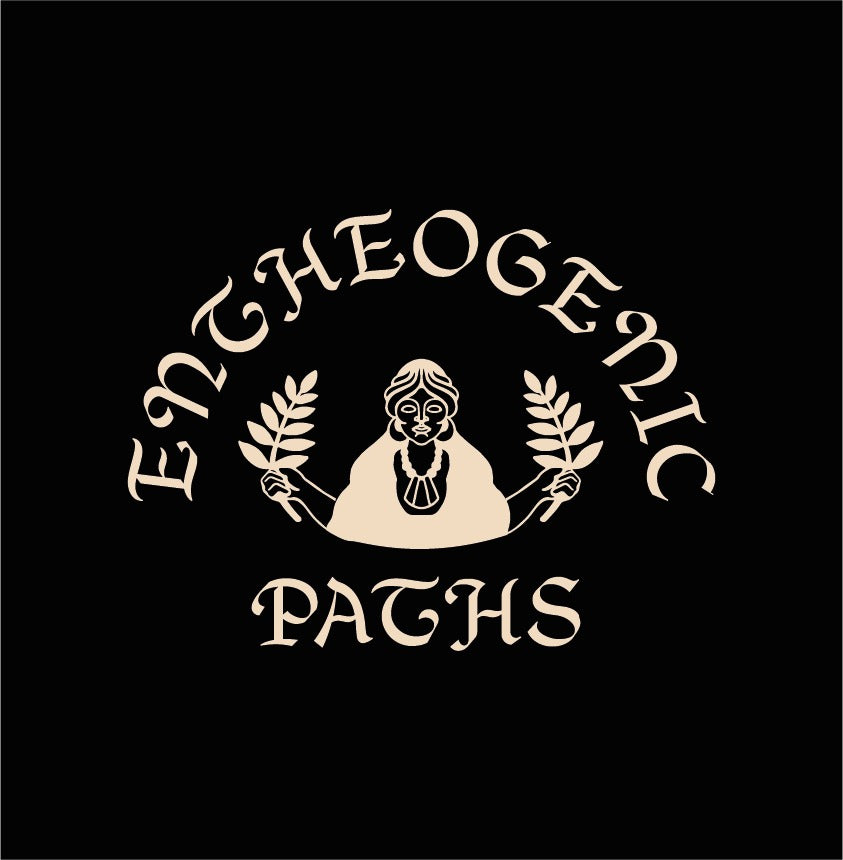
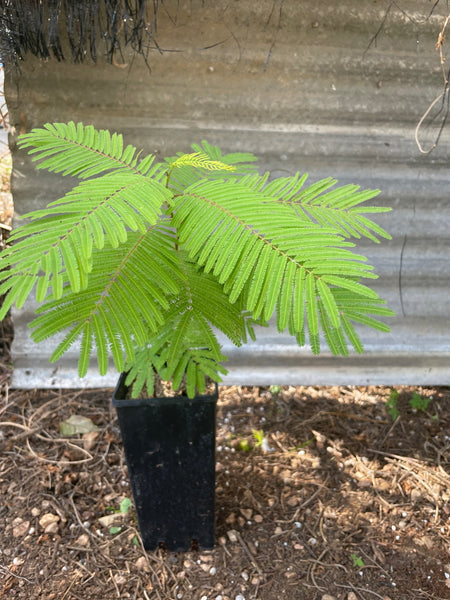


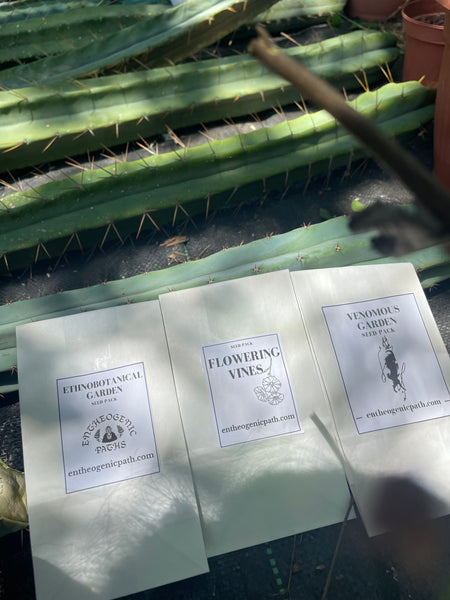
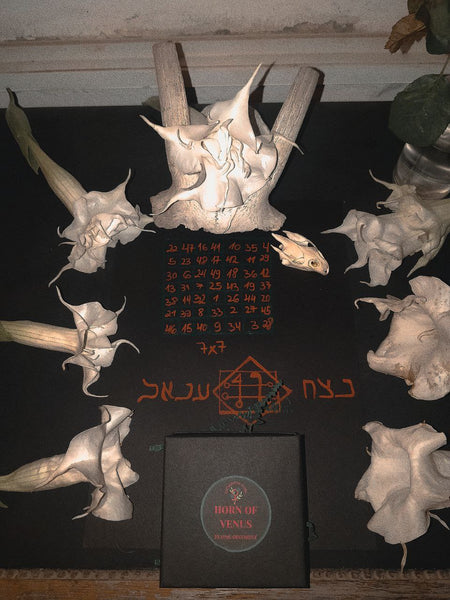
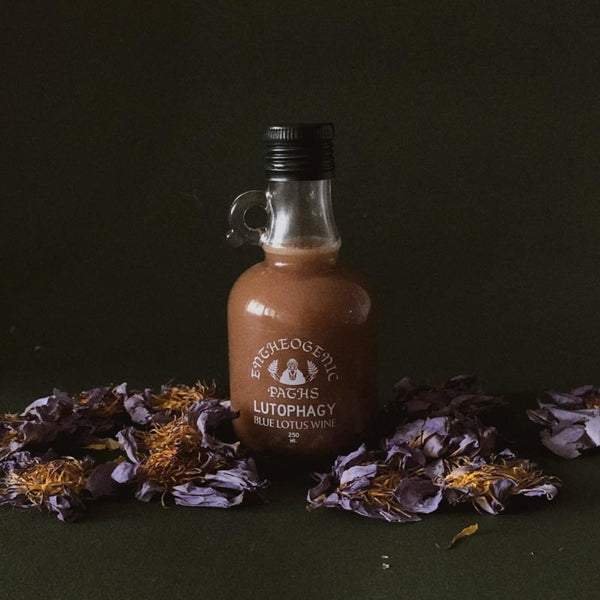

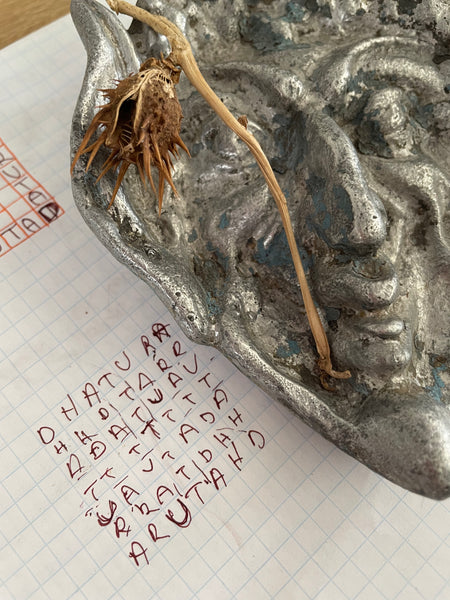
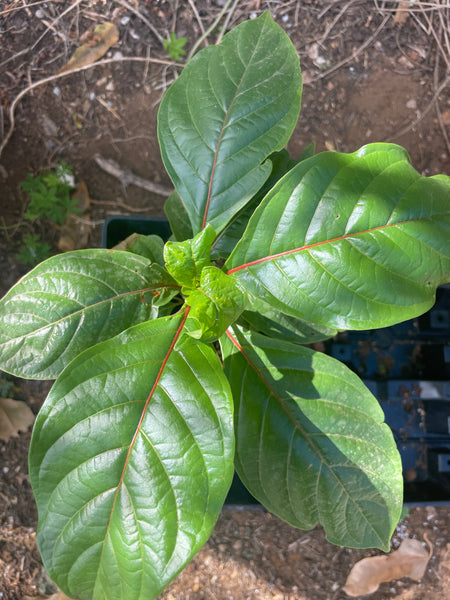
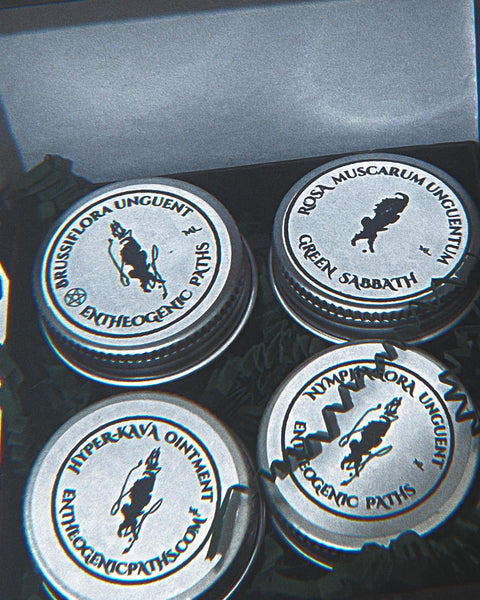
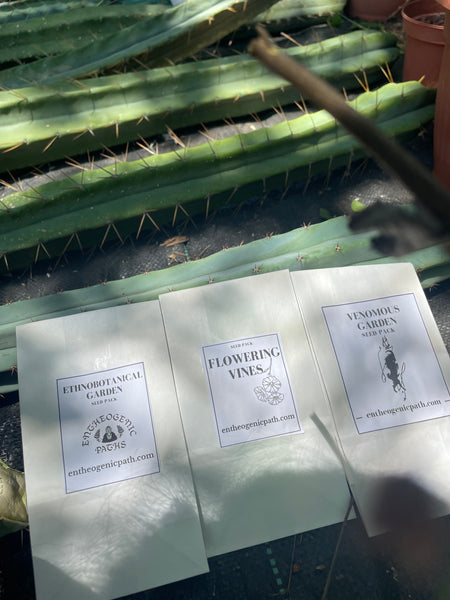
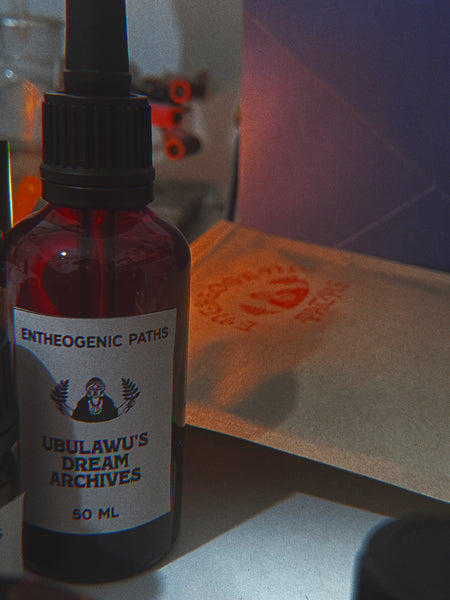

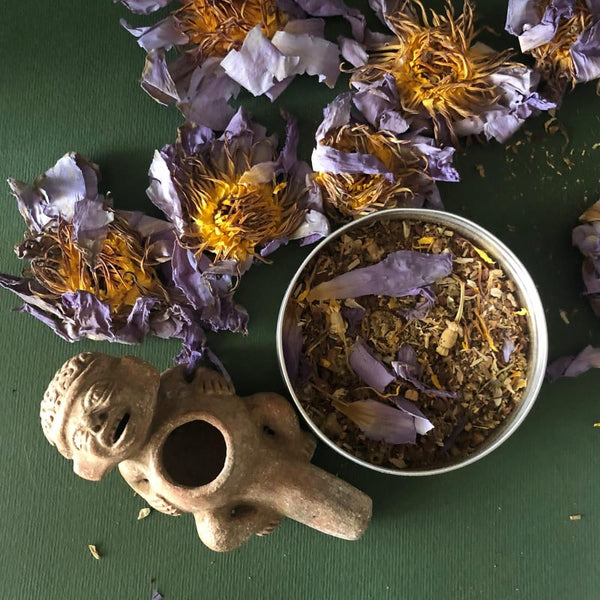


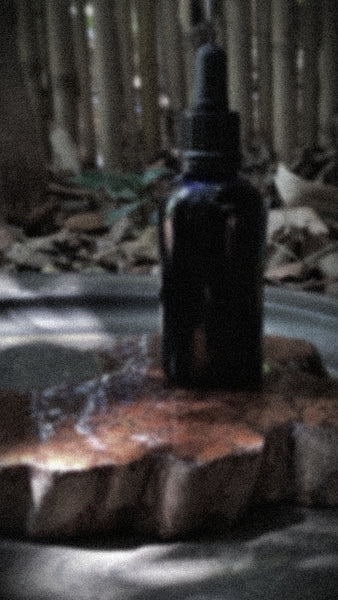
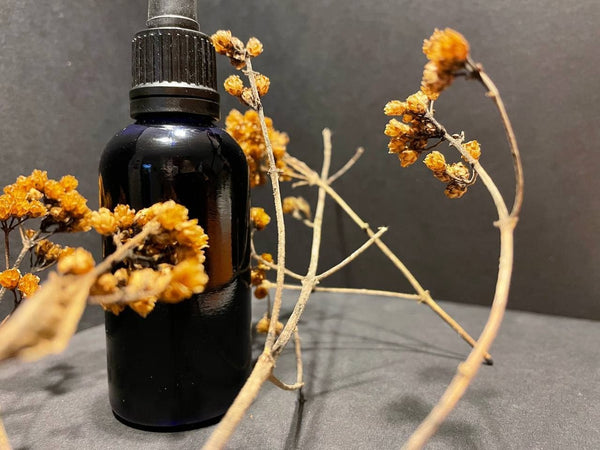

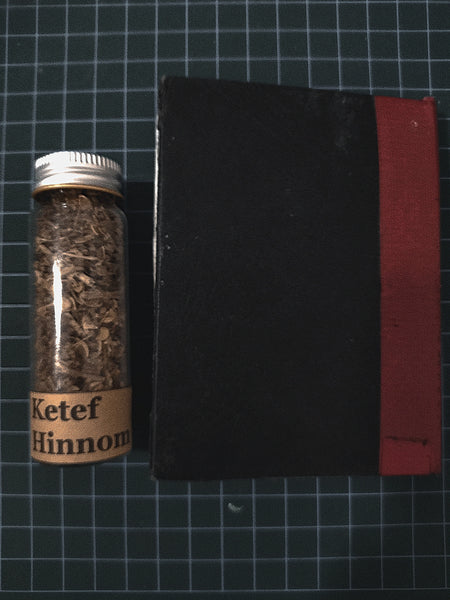
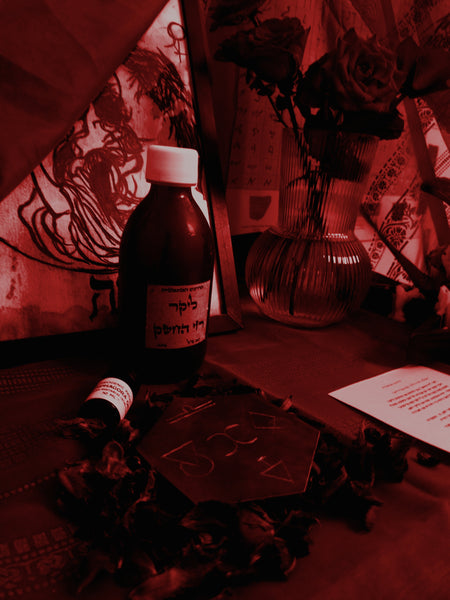
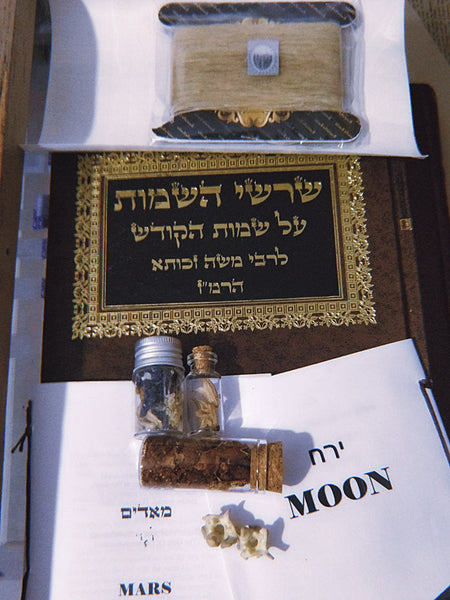
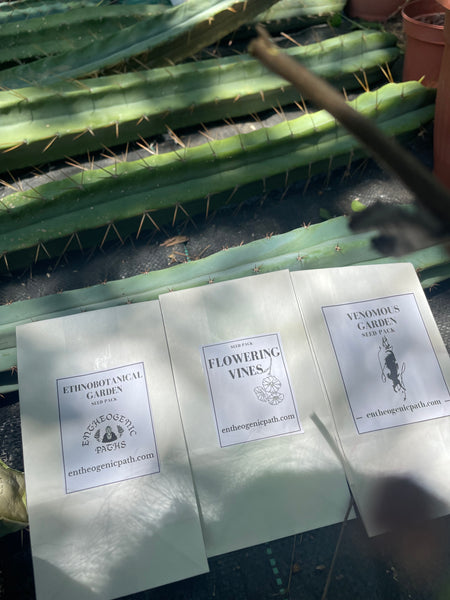
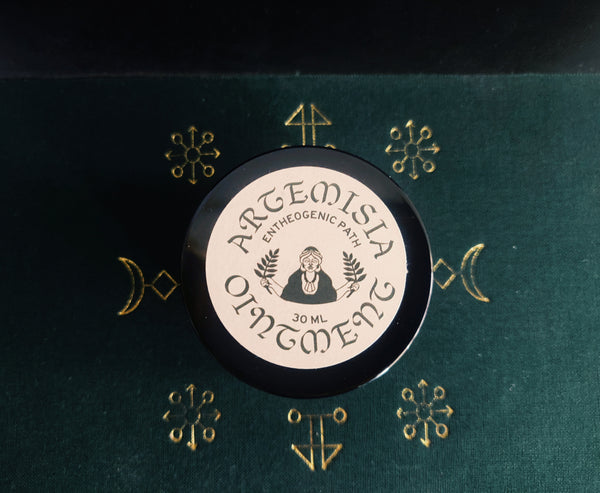
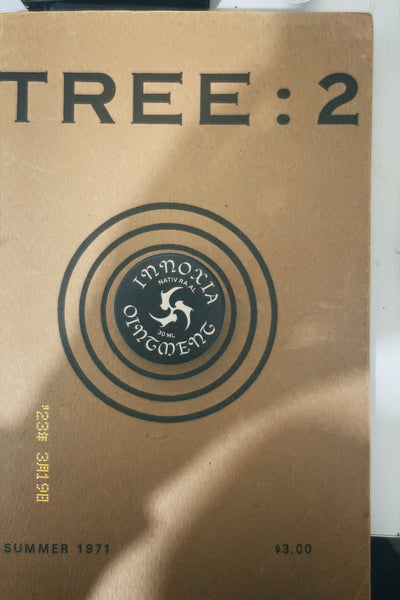
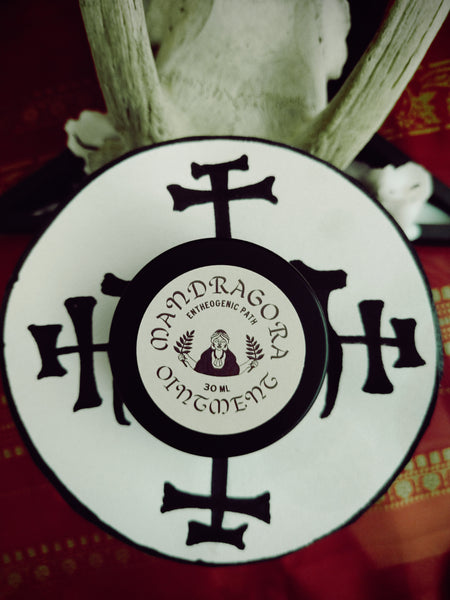
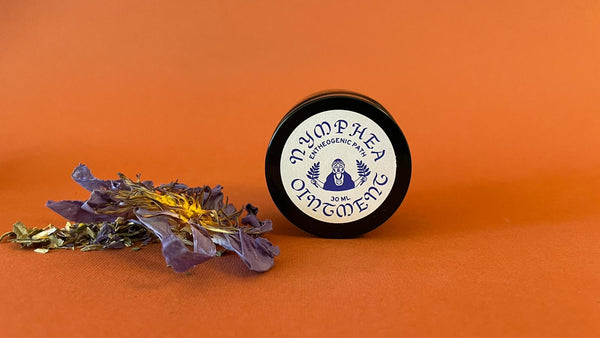

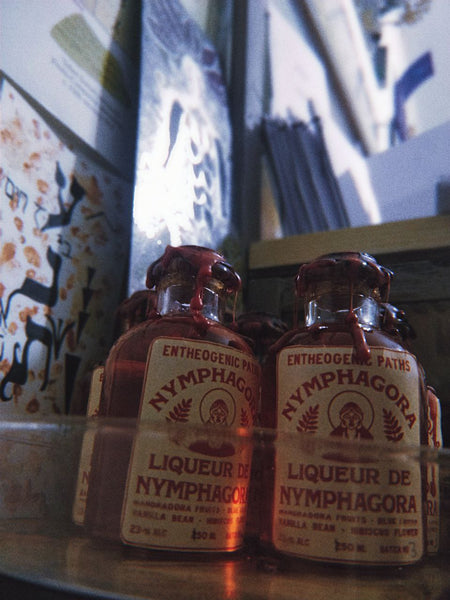
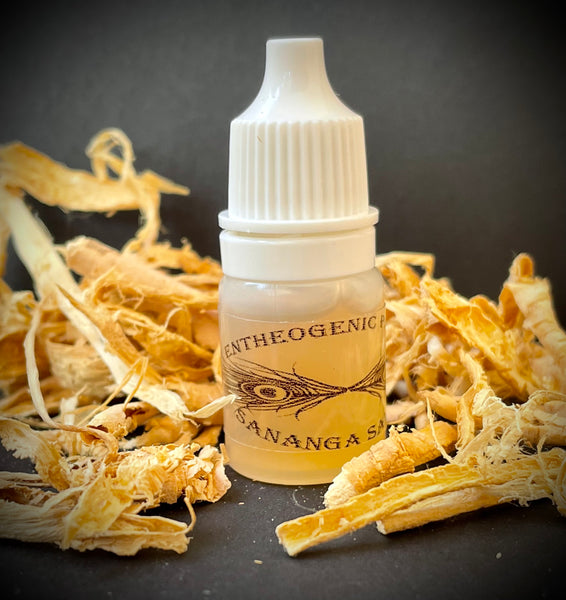
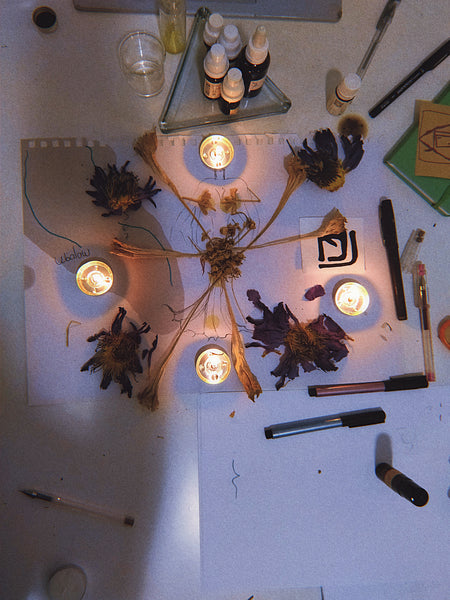
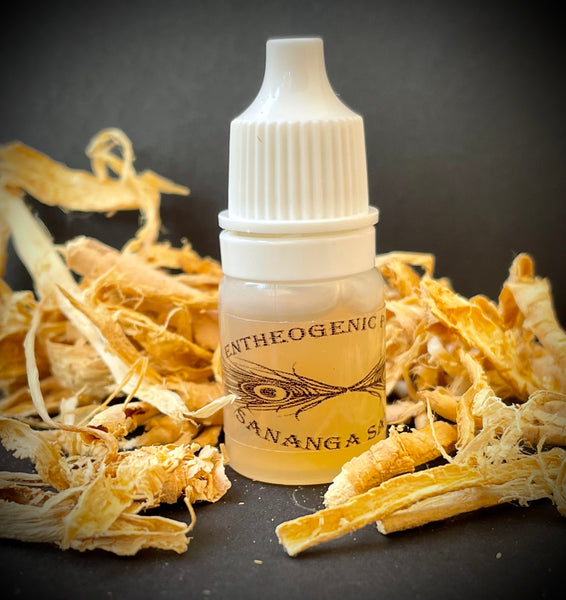
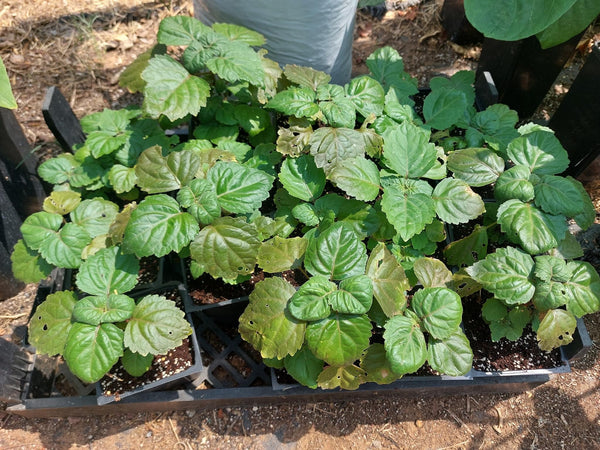
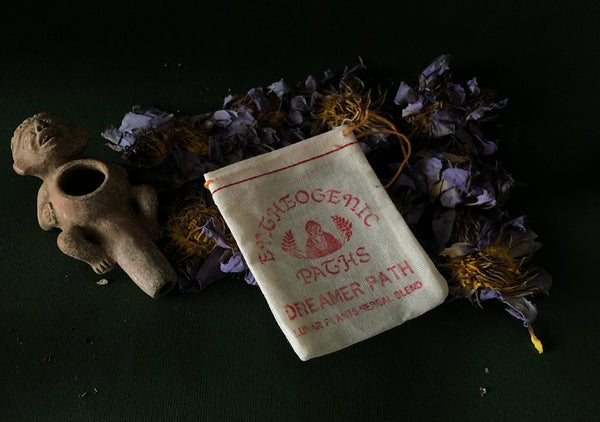
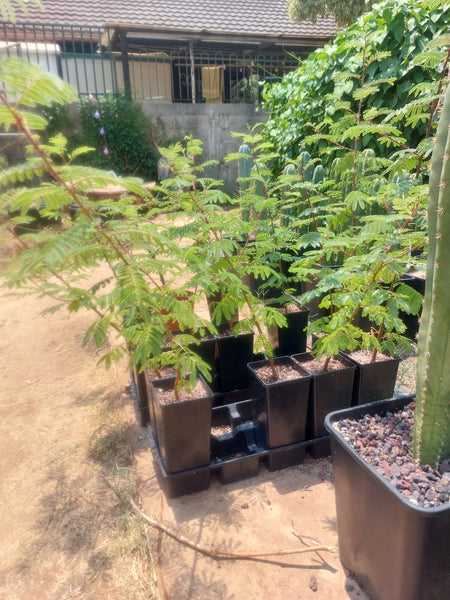
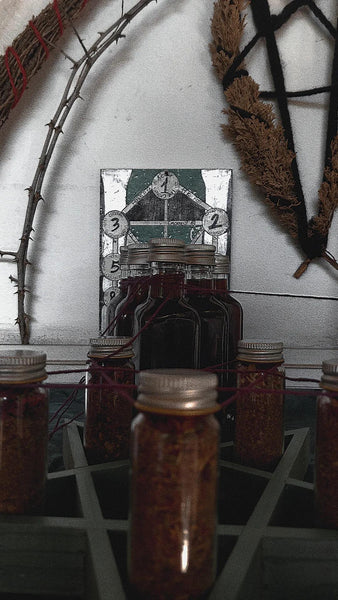
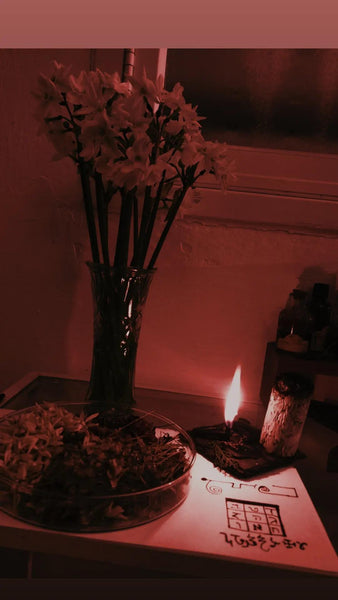
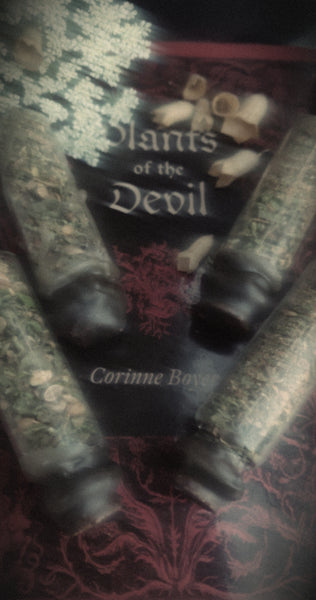
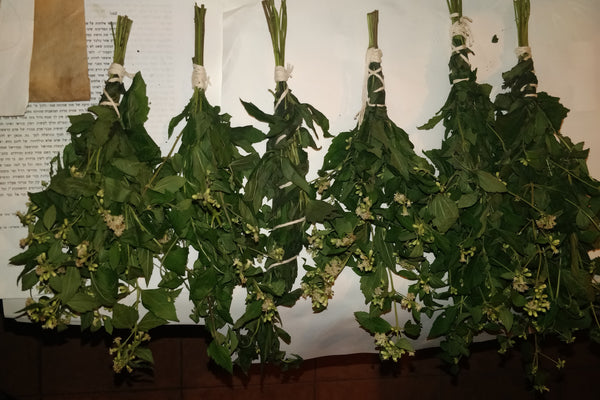


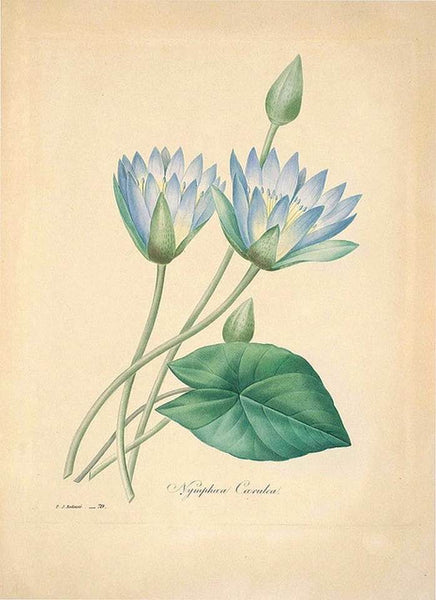
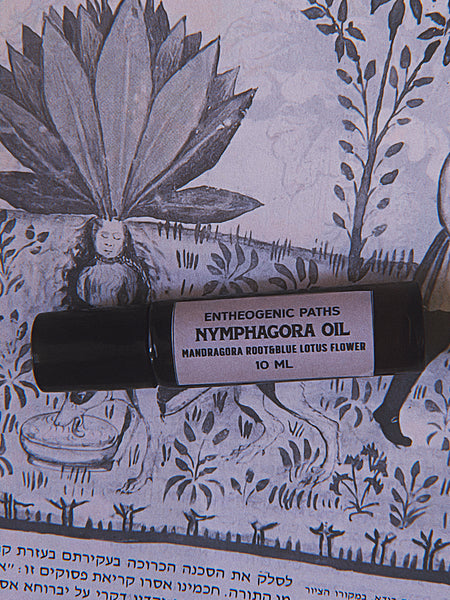

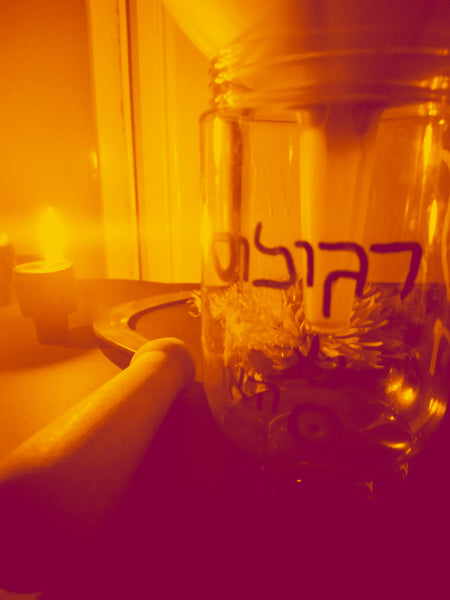
Really enjoyed reading your experience — it’s always fascinating how unique each journey is. If you’re into LSD and related info, feel free to check out https://lysergamideworld.com — we’re building something special for the community.